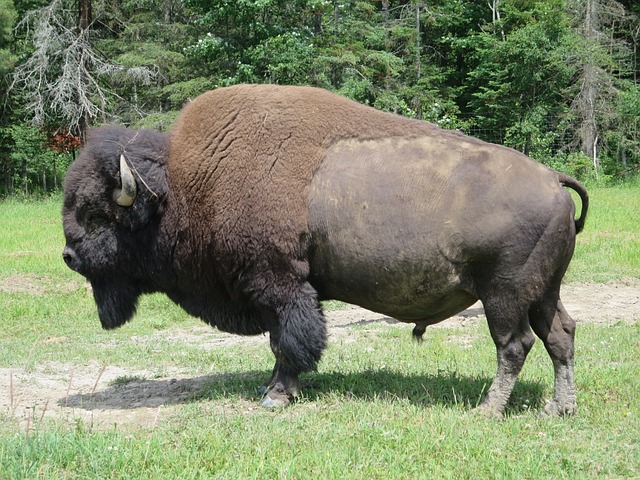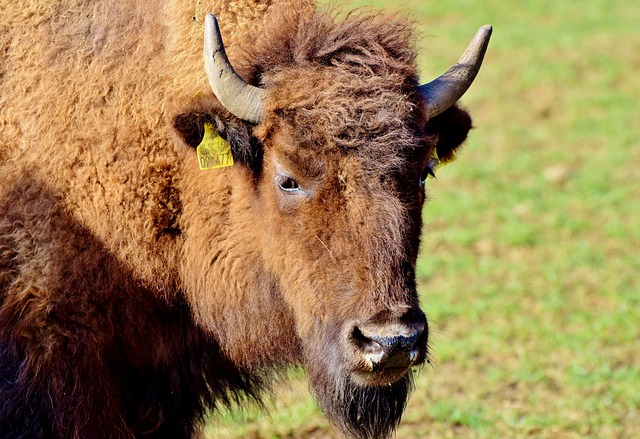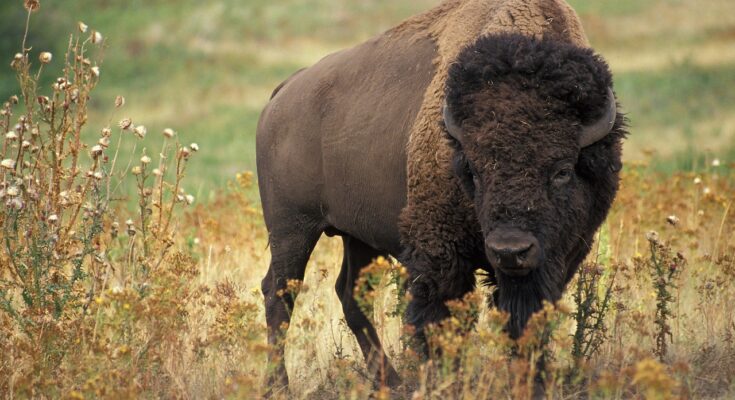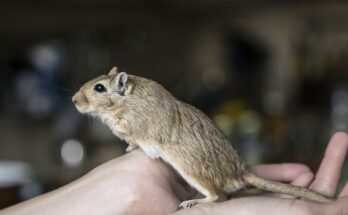Introduction:
The bison, often referred to as the “American buffalo,” is an iconic symbol of the North American plains. Among the many distinctive features of this magnificent creature, its head stands out as a powerful symbol of strength, resilience, and cultural importance. In this article, we will explore the significance of the bison skull in various aspects, including cultural symbolism, conservation efforts, and the challenges facing these majestic animals.
Beyond its cultural symbolism and conservation significance, its head is a marvel of adaptation and an integral part of the ecological landscape. In this section, we delve into the anatomy of the bison skull, exploring the unique features that contribute to the species’ survival and its role in maintaining the health of grassland ecosystems.
I. Cultural Symbolism of :
- Native American Spirituality:
The bison holds deep spiritual significance for many Native American tribes. The bison skull, in particular, is often seen as a symbol of abundance, strength, and the interconnectedness of all living things. The Plains Indians, such as the Lakota Sioux, considered the bison sacred and relied on it for sustenance, clothing, and tools. - Symbol of the American West:
As settlers moved westward in the 19th century, the bison became a symbol of the American frontier. Their head, with its massive horns and imposing presence, became an emblem of the untamed wilderness and the challenges faced by those who sought to conquer it.

II. Conservation :
- Historical Decline:
In the late 19th century, the vast herds of bison that once roamed the North American plains were decimated due to overhunting and habitat loss. The population of bison, which once numbered in the tens of millions, dwindled to the brink of extinction. Their head, once a common sight on the prairies, became a rarity. - Conservation Efforts:
Conservationists and Native American tribes have worked tirelessly to restore their populations and preserve their cultural and ecological importance. Organizations like the American Bison Society have played a crucial role in reintroducing bison to protected habitats. Efforts to conserve their head, both as a physical entity and as a cultural symbol, have been vital in these conservation initiatives.
III. Challenges Facing Bison Conservation:
- Habitat Loss:
Despite conservation efforts, the bison still face challenges, with habitat loss being a significant threat. Urbanization and agricultural expansion continue to encroach upon the natural habitats of these majestic creatures, limiting their roaming grounds. - Genetic Purity:
Maintaining the genetic purity of bison herds is another challenge. Hybridization with cattle poses a risk to their distinct characteristics, including their iconic heads. Conservationists must carefully manage breeding programs to ensure the preservation of pure bison genetics.
IV. Contemporary Depictions of Bison Skulls:
- Art and Culture:
Their head remains a popular motif in various forms of art, reflecting its enduring cultural significance. Artists often capture the essence of their head in paintings, sculptures, and other mediums, celebrating its strength and historical importance. - Tourism and Symbolic Representations:
Their heads have become a symbol of pride for many communities, particularly those with ties to Native American traditions or Western heritage. Tourist attractions often showcase bison-themed art and sculptures, fostering an appreciation for the cultural and ecological significance of these animals.
Conclusion:

The bison skull stands as a testament to the resilience of a species that has faced near extinction and is a powerful symbol of the deep connection between humans and the natural world. While efforts to conserve and protect their populations have made significant strides, ongoing challenges highlight the importance of continued vigilance in safeguarding these majestic creatures and their iconic heads. Whether viewed through the lens of cultural symbolism, conservation efforts, or contemporary representations, the bison head remains a captivating and enduring symbol of the American West.
V. Anatomy of the Bison Skull:
- Horns and Skull Structure:
The bison’s skull is distinguished by its massive horns, which can span up to six feet in length. Unlike deer antlers, their horns are not branched but form a continuous curve, making them an effective tool for defense and dominance within the herd. The skull of the bison is robust, providing support for these formidable horns. - Facial Features:
Bison have a distinctive facial profile, with a large and pronounced hump on their shoulders that supports powerful neck muscles. This adaptation aids in foraging for vegetation in the snow, a crucial survival strategy during harsh winter conditions. The bison’s face is relatively short and adorned with a thick mane of fur, further enhancing its resilience in various weather conditions.
VI. Adaptations for Survival:

- Grassland Grazers:
They are well-adapted to a herbivorous lifestyle, primarily grazing on grasses. Their head and mouth structure allows for efficient grazing, contributing to the maintenance of healthy grassland ecosystems. Their broad, flat muzzle helps them consume a variety of vegetation, promoting biodiversity by preventing the dominance of certain plant species. - Survival in Harsh Environments:
Their thick fur and robust head structure provide insulation and protection against extreme weather conditions. This adaptation enables them to withstand the biting cold of winter and the intense heat of summer on the open plains. Their ability to navigate and find sustenance in diverse environments contributes to the ecological balance of the grasslands they inhabit.
VII. Ecological Significance of the Bison Skull:
- Grassland Restoration:
Bison play a crucial role in shaping and maintaining the health of grassland ecosystems. Their grazing patterns prevent the overgrowth of certain plant species, fostering a diverse and balanced landscape. The bison head, with its efficient grazing capabilities, is instrumental in promoting the vitality of the grasslands they inhabit. - Seed Dispersal:
As bison move through their habitats, they inadvertently aid in seed dispersal. Seeds from the plants they consume are spread across the landscape, contributing to the natural regeneration of vegetation. This process not only supports the flora but also has a cascading effect on other species within the ecosystem. See more
FAQS:
It symbolizes abundance, provision, strength, stability, and prosperity. The buffalo’s skull was used for sacred rituals as medium for prayers to Wakan Tanka or “The Divine” in the Lakota way of life.
Prices for skulls range from $100-$500 depending on the size and condition. We have some skulls that have minor defects (bullet holes, cracks, broken eye sockets, missing nose pieces…). Although these skulls may have some unique characteristics, those do not detract from the beauty and appeal of these pieces.
Additional information
Overall height (with horns)
23 ¾” wide x 25” high (average for young bull bison skull)
Skull height (without horns)
23 ¾” wide x 20 ½” high (average for young bull bison skull)
Weight
9 lbs (average for young bull bison skull)
Location
Earlton, ON
Prepared by
Charles Bélanger
Each skull was collected from across the Prairies and shipped east by train or steamship. Once they arrived at facilities like Michigan Carbon Works, bison bones were rendered as fertilizer, glue and ash. The bones produced commodities, like bone china, which were sold in European and North American cities.
By the late nineteenth century, the scientific name bison (which comes from the Latin word for “wild ox”) became the preferred word among trained naturalists.
Today there are roughly 31,000 wild bison in North America (20,000 plains bison and 11,000 wood bison). 4. As grazers, bison use their huge heads as snow plows in winter to uncover vegetation to eat.




